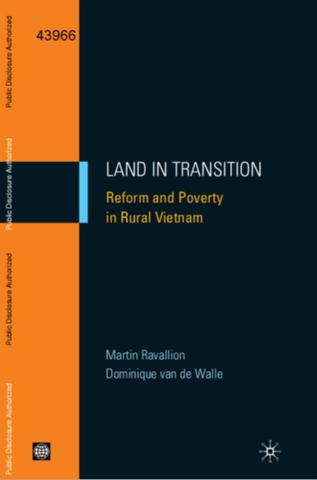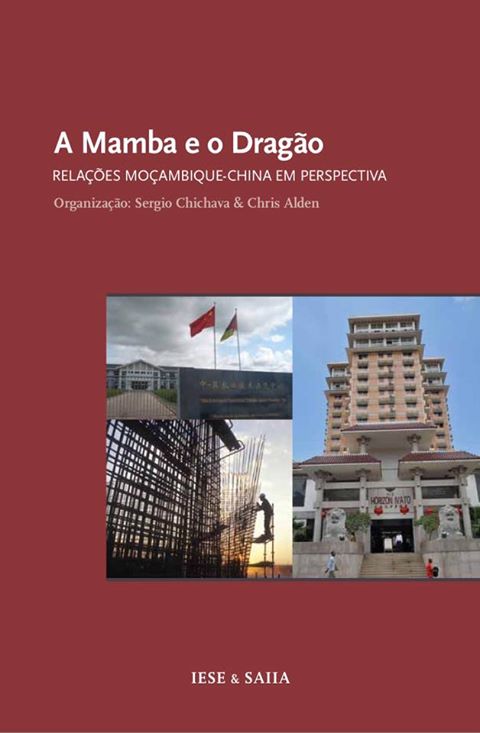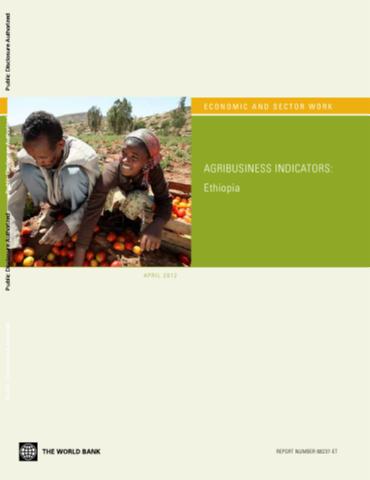Bangladesh - Poverty Assessment for Bangladesh : Creating Opportunities and Bridging the East-West Divide
Bangladesh represents a success story
among developing countries. Poverty incidence, which was as
high as 57 percent at the beginning of the 1990s, had
declined to 49 percent in 2000. This trend accelerated
subsequently, reducing the poverty headcount rate to 40
percent in 2005. The primary contributing factor was robust
and stable economic growth along with no worsening of
inequality. Respectable GDP growth that started at the




